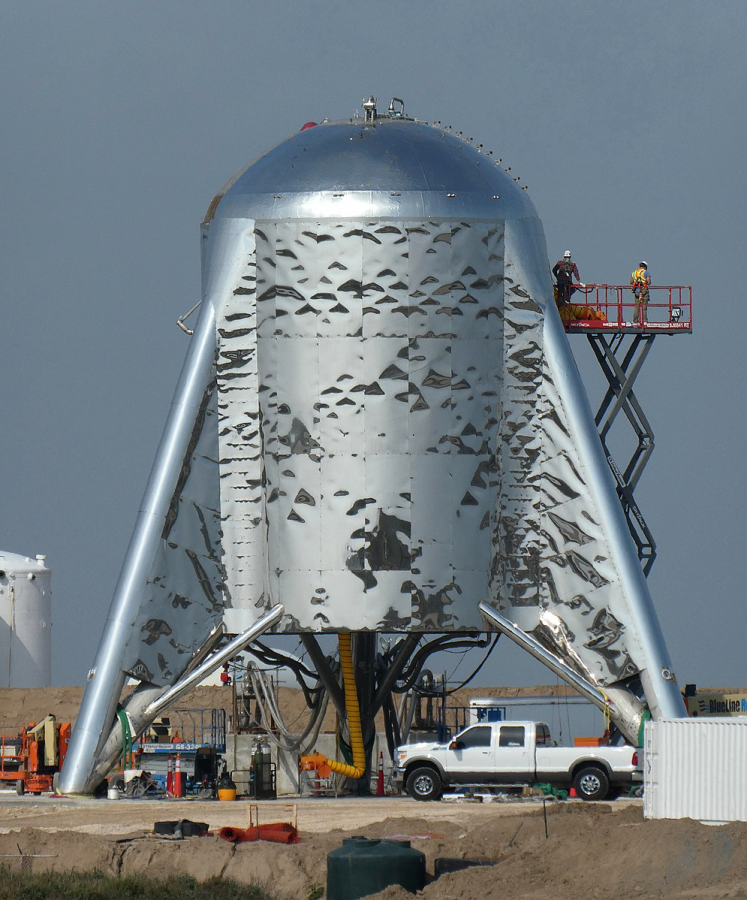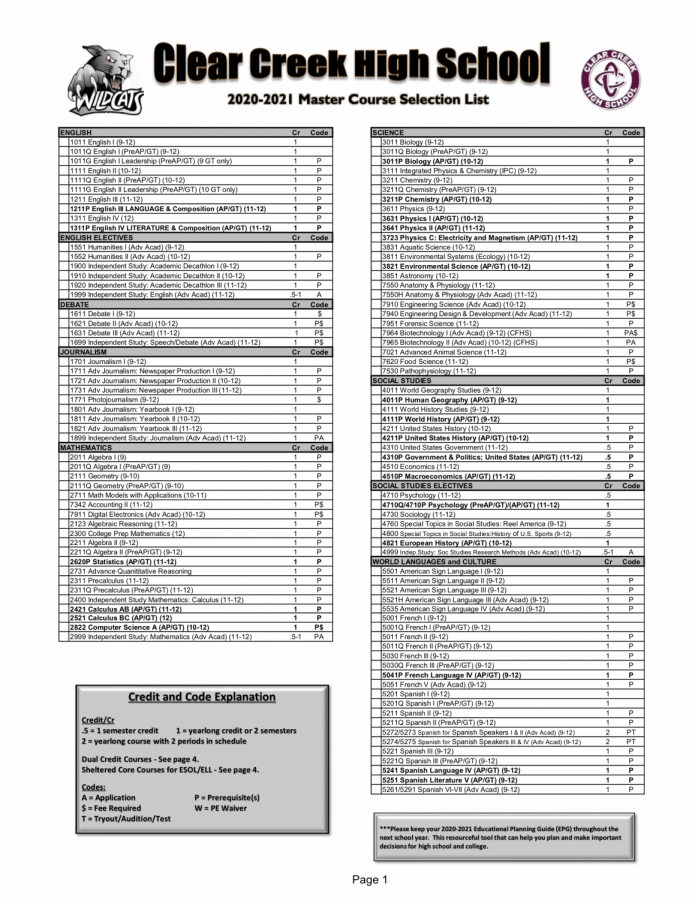KIng Tuts Mask Damaged
April 7, 2016
On Monday January 4, eight Egyptian museum officials were faced with charges for breaking the blue-and-gold braided beard of King Tutankhamen’s death mask.
King Tutankhamen, also known as King Tut, was the 12th King of the Egyptian dynasty and ruled from age nine to nineteen. King Tut sought to restore the old order in his short time as ruler in hopes of Egypt becoming favorable to the gods. He ordered the repair of many holy sites, oversaw the completion of the red granite lions, and continued construction at the temple of Karnark.
The same year that King Tut took power, he married Ankhesenamun, his half sister and the daughter of Nefertiti. It is known that the couple had two daughters, both likely to have been stillborn. Due to Tutankhaten’s young age when he took power, an elder who bore the title of Vizier controlled the first years of his reign. Ay was assisted by Horemheb, Egypt’s top military commander at the time. Both men reversed Akhenaten’s decree to worship Aten, in favor of the traditional polytheistic beliefs. Tutankhaten changed his name to Tutankhamun, which means “the living image of Amun,” and had the royal court moved back to Thebes.
His death brought much turmoil to the court, causing many rivals to fight for the throne. King Tutankhamen was buried in a tomb in the Valley of the Kings. His body was preserved in the traditional fashion of mummification, but buried seventy days later. There are no known records of King Tut after his burial and he remained virtually unknown. Even the location of his tomb was lost until 1922.
Much of what we know today about King Tut derives from his tomb found in 1922 by British archaeologist Howard Carter. On November 26, 1922, Carter and fellow archaeologist George Herbert entered the chambers of the tomb. To their amazement, they found much of its contents and structure miraculously intact. One artifact was the death mask that is now damaged due to failure of following protocol.
The initial damage took place in August 2014, when the beard originally fell off during cleaning and was quickly glued on with a substantial amount of epoxy, but officials didn’t look into the damage until last year. The glue caused further damage to the 3,300-year-old mask.
“ ‘In an attempt to cover up the damage they inflicted, they used sharp instruments such as scalpels and metal tools to remove traces of adhesive on the mask, causing damage and scratches that remain,’ it said, citing an investigation.” courtesy ABC news.
The experts did their best to restore the mask to its previous state back in August and now must do the same.
“The eight employees currently awaiting trial include the former director of the museum, which contains the world’s most extensive collection of Egyptians antiquities, as well as three restoration experts and four conservation officials at the Ministry of Antiquities,” said the Christian Science Monitor.
The eight people who will be charged are six restorers and two former heads of the restoration section of the museum. It is not yet said when the trial will be.
















